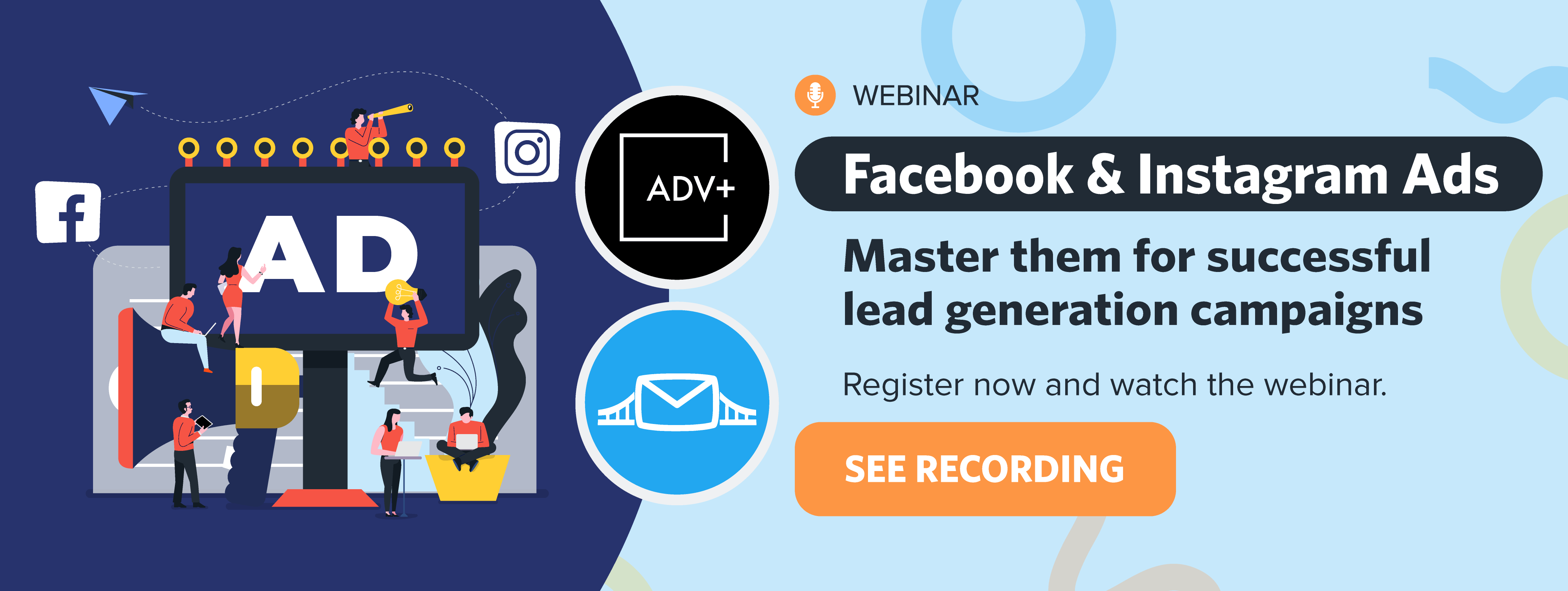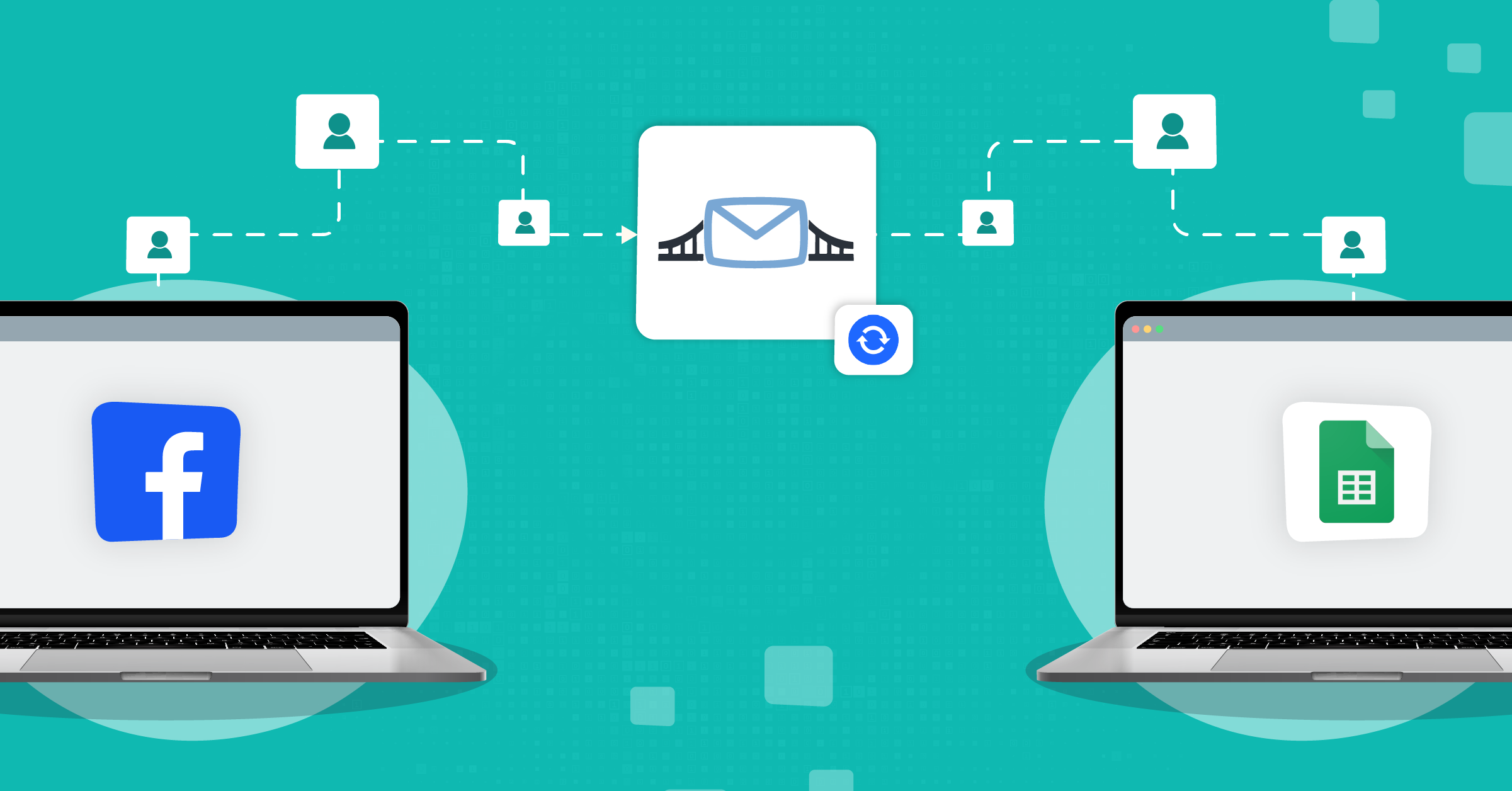
The advantages of running ads on Facebook are evident to any seasoned marketer. However, navigating its paid advertising ecosystem can be complicated at times.
Before leveraging Facebook’s range of advertising possibilities, you should know what the platform provides in the first place. In other words, understanding the structure of Facebook’s paid ad network is your foundation to leveraging its full potential.
Nevertheless, knowing how to scale your Facebook ads is as important as knowing how to create a Facebook ad campaign. Scaling your ads goes beyond mere skills as an advertiser. It requires strategic orchestration of different aspects in order to maintain your brand’s relevance and authority.
This guide explores how to scale Facebook ads and why you need to do it. We’ll also discuss some tips that can help improve your ad engagements. This includes using the right automation tools and integrations, such as:
What is Facebook ad scaling?
Facebook ad scaling is a process where you strategically increase the impact and reach of your advertising efforts on the Facebook platform. This practice lets you extend your campaigns to a larger audience or meet more challenging goals. If done right, the results will be better visibility and potentially higher return on investment.
You can approach Facebook ad scaling in two ways:
1. Horizontal scaling
This method focuses on diversifying your ad campaigns by;
- Replicating previous successful campaigns;
- Or launching new ad sets targeting different audience segments.
Horizontal scaling is a rapid strategy for widening your campaign’s reach. This method also demands careful management in order to prevent any overlapping of your audiences. These overlaps could intensify the competition and in consequence, lead to higher ad costs.
Check out the online ad costs in 2024 here.
2. Vertical scaling
Vertical scaling focuses on boosting your ad budget within your existing campaign’s framework. This doesn’t mean changing the campaign’s structure. All you have to do is to increase the ad budget to improve its performance.
Vertical scaling is often seen as a more secure and manageable alternative to horizontal scaling. It’s (almost) a sure way to increase your campaign’s influence since it relies on the solid foundation of an already successful campaign strategy. That’s why you are dealing with a lower risk associated with broader audience targeting.
When choosing between these two scaling strategies, keep in mind that your choice should be based on your campaign goals, budget constraints, and risk tolerance.
Why is having a Facebook ads scaling strategy important?
Scaling your Facebook ads is necessary for a number of good reasons. First, it helps extend the lifespan and performance of your existing ad campaigns without constantly launching new ones from the ground up. This saves you both time and resources while maintaining momentum in your marketing efforts.
Scaling also gives you a strategic advantage by building upon your current marketing wins. You can analyze the outcomes of your existing ads, find out what works, and use those insights to improve your future campaigns.
This is an iterative process. There is a lot of learning and applying lessons that help refine your advertising strategy, improve targeting, and ultimately optimize your ad spend to achieve better ROI.
When is the right time to scale Facebook ads?
Knowing when to scale your Facebook ads is just as important as how you scale them. The key is to recognize consistent, strong performance before increasing your budget.
You should scale once you’ve identified a winning ad set driving conversions at a stable cost per acquisition (CPA) or cost per lead (CPL).
It’s also important to give the Facebook algorithm enough buffer time to optimize the campaign for your audience. Scaling too early, like before your ads have been properly optimized, can well result in poor performance and a wasted budget.
How to scale your Facebook ad budget?
As a marketer, you want to make sure every dollar counts. That’s why scaling your Facebook ads is the way to go. This is about broadening your campaigns to reach more people. And by doing so, you’ll likely discover new groups who engage more with your ads and that too, at a lower cost.
This strategy can especially boost the efficiency of your ad spend. In the end, you get the most out of your budget while upscaling the value you get from your campaigns.
How to scale your Facebook ads’s daily budget
When it comes to scaling your daily budget for Facebook ads, a gradual approach is best. You don’t want to increase your budget too quickly. This can throw off Facebook’s algorithm and cause your ads to perform poorly.
A smart strategy is to increase your daily budget by a certain percentage every few days. This gives Meta enough time to adapt and optimize your campaigns for better performance.
Additionally, using automated rules in Meta Ads Manager can help your scaling process by adjusting bids and budgets based on specific performance targets.
Let’s go through some aspects that can help you scale your daily budget for your Facebook ads without overspending or disrupting ad delivery.
- Monitor your ad set to make sure it’s always delivering good results, like stable cost per conversion.
- Increase your daily budget by 20-30% every 3-4 days to avoid disturbing the Facebook algorithm.
- Create an automated rule to adjust bids or budgets based on your key performance indicators (KPIs).
- Define your target value for important metrics like cost per install or lead to guide the automated adjustments.
- Continuously track the performance and optimize your strategy as needed for consistent results.
How to scale Facebook ad campaigns?
Here are the top strategies you can use for Facebook ads scaling:
Gradually increase your budget
The first thing you can do to quickly scale your Facebook ad campaign is invest some more budget in it. However, keep in mind that you can overwhelm the system if you increase your budget by more than 10 to 15% at a time.
Then again, how much you have invested in the learning phase and how you treat your ads afterward make a difference. Using a gradual approach instead helps you avoid resetting Facebook Pixel‘s learning phase. In turn, you are making sure that your campaigns continue to perform optimally.
Use Lookalike Audiences
Lookalike Audiences are essentially a targeting shortcut. You can use your existing customer data to create lookalike audiences. Start with a 1% lookalike (as suggested by Meta) and slowly extend to higher percentages. This technique allows you to increase your audience pool without wandering too far from your core demographic.
Here’s how to create and use Facebook Lookalike Audiences.
Leverage Facebook’s detailed targeting feature
Besides custom audiences and Lookalike Audiences, Facebook offers detailed targeting options in order to increase your audience size. This involves expanding demographic ranges and layering relevant interests to enhance your reach while keeping the audience relevant.
You can also use automated data bridges to retarget your existing audiences like CRM-segmented customer lists. LeadsBridge offers integrations that enable you to seamlessly connect your CRM to Facebook custom audiences, and use this data to create specific retargeting campaigns.
Identify your secondary audiences
These are not your core target audience. However, they share overlapping interests or behaviors with your primary audience. This lets you channel your marketing toward new potential customers who might be interested in your offerings.
Consider broad demographic targeting
If you think the services you are offering have a wide appeal, consider removing all targeting layers. This way, you’ll leave it up to Facebook’s algorithm to find the best opportunities for you across a broad demographic. This method also has lower CPMs and a really extensive reach.
Build a TOFU (Top of Funnel) strategy
A funnel strategy that begins with top-of-funnel offers (e.g., free guides or ebooks) can warm up your cold prospects. And once you have rekindled their interest, it becomes much easier to push them down the funnel toward conversions.
Discover how to create Facebook ad funnels that convert.
Streamline the process through automation
Automation is another practical solution you want to look into. It saves time while adding to the efficiency of the Facebook lead ads campaign. You can basically automate different aspects of your Facebook advertising.
First, by using Facebook’s automated rules. Configuring these rules allows you to optimize your campaigns based on specific metrics like performance, delivery status, and budget.
Next comes automating your data management system. You can use official Meta Business Partner services like LeadsBridge to streamline all these processes to and from the Meta platform.
What are the best Facebook integrations for your business? Learn more here.
Automation through LeadsBridge
LeadsBridge allows you to build automated data bridges that make the entire data management efficient, quick, and error-free. Facebook integrations, for instance, help automate lead follow-up and audience targeting so that no opportunity for engagement is missed.

Immediate lead follow-up enables you to connect with potential customers when their interest is highest. For instance, custom audience integrations ensure your ads always focus on the most relevant audience segments. This also optimizes your ad spend, which directly makes your scaling efforts more efficient and effective.
Learn more about Facebook lead automation here.
Takeaways
If you’ve dipped your toes into the world of Facebook ads, you’ve probably heard the term “Facebook ad optimization” thrown around a lot. We discussed a few robust tactics about how to scale Facebook ads. And above all, Facebook’s automated rules can be a fantastic way to improve your performance.
However, automating the data transfer between any point in your marketing technology stack and Facebook takes your marketing game to the next level.





















